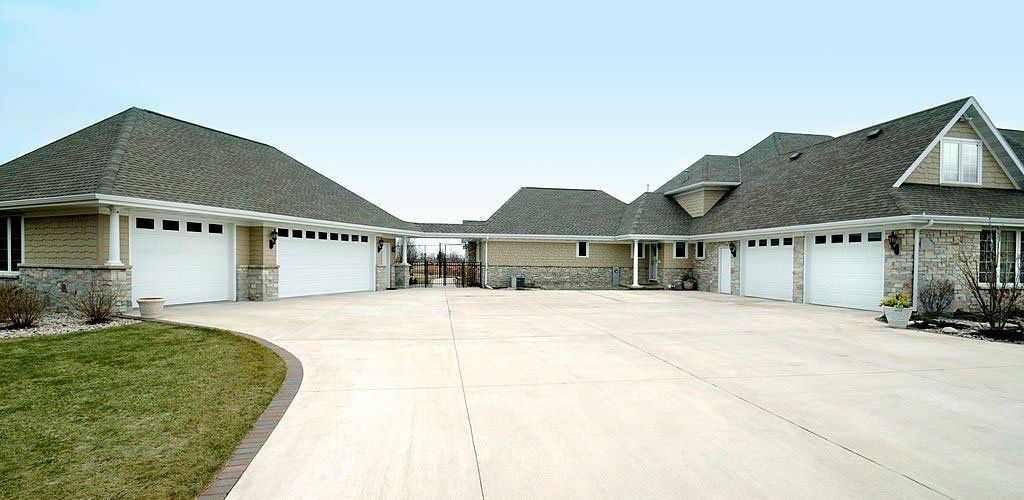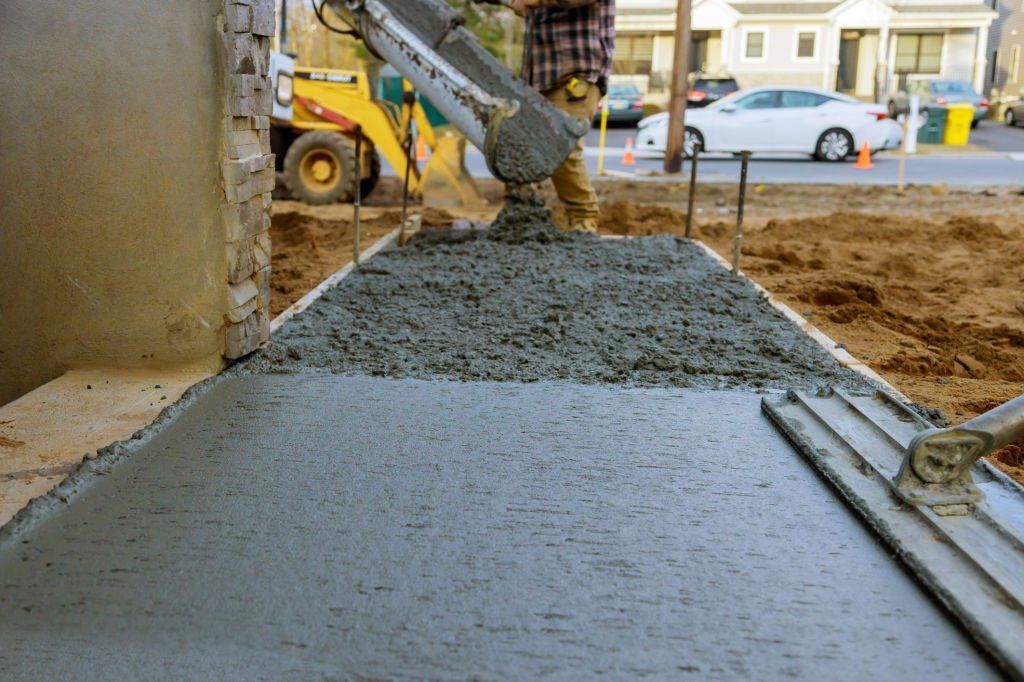Why Is Curing Important For Concrete?
The purpose of curing is to develop the strength of concrete. Moisture and temperature can weaken the concrete. The concrete must be cured for at least 24 hours to build maximum muscle. Cold and hot weather slows down the curing process. In these conditions, the concrete should be placed on an excellent surface and not subjected to foot traffic until it reaches a specified temperature. Cold weather also reduces the strength of concrete.
The most critical time in a concrete's life is immediately following placement. Leaving the concrete to dry can reduce its strength by 50 percent. Heat, wind, and evaporation can quickly deplete moisture in the mixture. Without curing, concrete will shrink and face tensile stresses, resulting in surface cracking and loss of structural strength. An adequately fixed concrete reaches its ultimate power after 28 days, but it can continue to gain strength even after this point.
When curing flat surfaces, ponding is an effective solution. In this method, a pond is positioned around the concrete surface, retaining water. This method also keeps the temperature uniform since the pond will be able to absorb water and remain moist. During hot weather, sprinkling or fogging can be a more effective method of providing water to the surface.
The curing process is crucial when it comes to the durability of a concrete structure. The proper curing process will help keep moisture within the concrete slab and delay drying. This is important for the durability of concrete, as moisture is needed to continue hydration. Curing also improves the water tightness of a concrete structure and enhances its strength. Finally, it helps prevent freezing. This is important in concrete and is an integral part of the construction.
During the curing process, it is crucial to control the temperature and moisture content of the concrete. Ensuring that the concrete is cured correctly will be more robust and reliable. Curing is a critical process that must be followed to provide a high-quality finish. Taking steps before pouring concrete is essential for proper curing. If you're not sure how to do it, check out these tips.
Proper curing is crucial to prevent shrinkage, cracking, and premature concrete drying. In addition, it is also essential to monitor the progress of curing, which is critical to the durability of concrete. It should take at least seven days to reach its maximum strength, 70 percent of its specified compressive strength. If it isn't yet at that point, it will be unstable and will cause the concrete to crack.
In cold weather, it is essential to ensure that concrete temperature remains warm enough for it to hydrate. The concrete may be cured naturally if kept at an optimal temperature. Steam curing, however, can be adequate in colder weather. When concrete is mixed and placed in cold weather, it must remain moist and protected from drying out. It must continue to cure slowly, to reduce the chances of surface cracking.
You might also like
Blog


Book a Service Today
We will get back to you as soon as possible
Please try again later
Copyright Concrete Guys Hampton | Proudly Powered by Snapps


